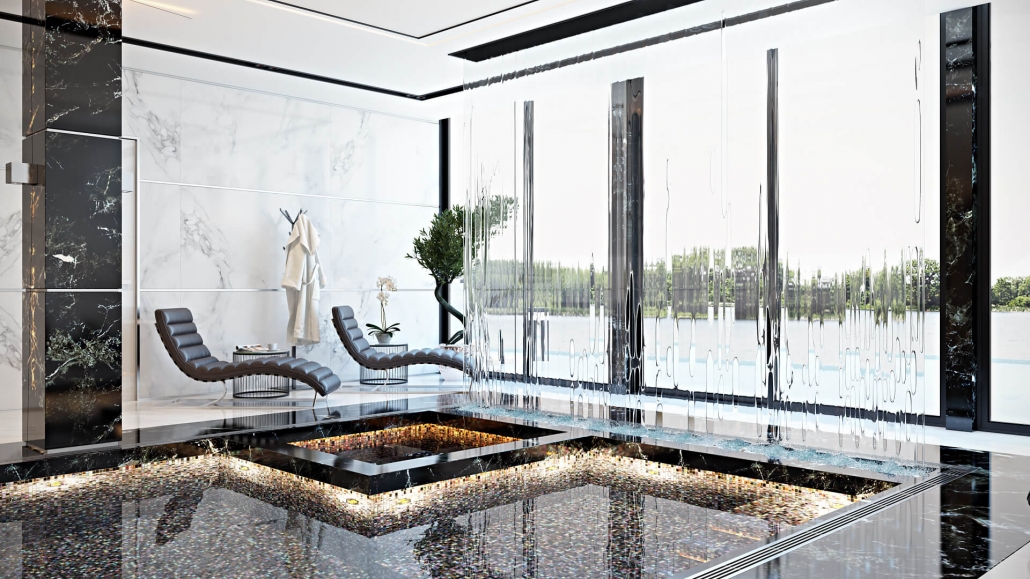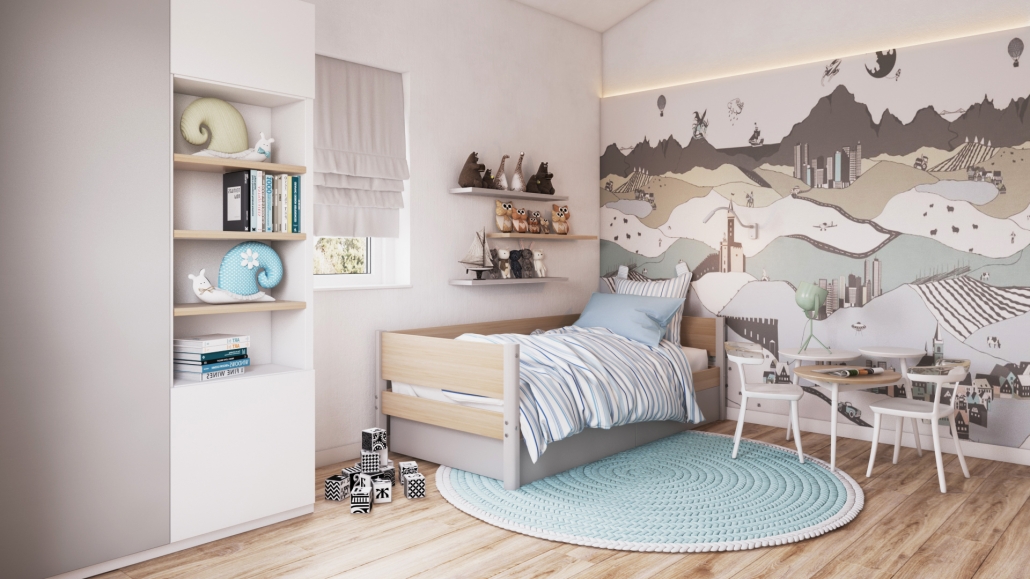3D FURNITURE RENDER
How It Revamps Marketing Campaigns
Since most of the B2C businesses have migrated online and the digital landscape is changing all the time, manufacturers and marketers face the challenge of keeping up with the trends and constantly rethinking marketing campaigns. At present, a MaaS type of production suggesting the direct relations between end customers and manufacturers, customization, more convenience of use, sustainability, etc. define the success of the field.
Fortunately, 3D technologies in product design and manufacturing can boldly handle marketing challenges by offering furniture rendering services. The latter saves time and money drastically and, in the meantime, brings on the new client experience, engagement, and interaction with the company. To make it short, there are way more ways of how furniture renders fresh up marketing campaigns. Here they are.
#1. Let Customers Literally Immerse Into Experience With Furnishings
A furniture render as a part of 3D product visualization can be used in different interactive formats where designs come to life. Herewith, customers engage in an interesting interaction with the interiors. For example, CG animation allows prospects to “fly or walk through” virtual designs, zoom in and out, and so on. 360-degree virtual tours, full-screen panoramas of the interior also suggest exposing interiors with favorite furnishings represented.
As a result, prospects get a clue of how a chosen item might fit in their living space. Interactive messaging adds to the diversity, which by default brings about a successful shopping experience on the platform. This option is ideal for online stores, websites, and social media like IGTV.
#2. Meet The Needs Of The Sophisticated Audience

3D rendering services meet the needs of any target audience, had the designers and manufacturers known its taste and preferences. What’s more, a furniture render can showcase elaborate furnishings that pique the interest of extravagant, sophisticated, or even decadent audiences. For example, 3D specialists can easily address the need of creating a 3D image of a luxury coffee table set with light cherry carvings, gold tipping, the show wood frame, and amber finish top.
On the other hand, this kind of complexity, sophistication, and variability is almost impossible to achieve with traditional photography. Any furniture stager will agree that photo shooting is hasslesome – from making tons of props, adjusting lighting to actually approving shots’ angles, design concepts, etc. In a 3D photography, it’s a matter of making an order to a 3D rendering studio, providing specifications, and just waiting 1-2 days for the final images.
#3. Lets Experiment With Design Concepts

There’s nothing better than a furniture render when it’s about showing product design variations and putting them into some design concepts. First, CGI specialists offer color, texture, material variations of the same item. Then they can place it into some thematic surroundings and help people understand clearly their true purpose and value.
This way, customers get their vision about the products expanded, which affects the purchase decision. Traditional photography can barely allow this. To take pictures of the item’s color and material variations as well as of various design ideas with it seems complicated and almost impossible.
#4. Create Powerful Catalogs

Marketers would agree that it’s impossible to sell without digital catalogs in e-commerce. This is where a furniture render is irreplaceable. As previously described, they are ideal for putting the goods into lifestyle conditions. Thus, besides convincing a prospect to purchase an actual item, the catalogs with lifestyle furniture renders cross-sell other products.
Additionally, with such a 3D visual content, catalogs resonate more with first-time visitors, interlink effectively with social media and increase the following, and in the long run ensure boosted brand awareness.
#5. Revamp Emails Marketing and Newsletters

An email campaign with a ‘lively’ furniture render might be especially powerful. As it was previously stated, the goods put into context sell better than photos on a white background. It is well-known that visuals are more engaging than texts and still convey the information in a helpful way. Plus, people who don’t have the time to read the whole text will likely to find a furniture render insightful and fun.
Often, people can find thought leaders’ interviews in the email box. This is how the manufacturer proves that their products are underway and must-have for a great, fulfilled life. The furniture industry is not an exception. A furniture render can only enhance interviews with go-to designers, thought leaders in the industry and is more capable of communicating visually their opinions.
Using CG visuals, including 3D furniture renders, for the product positioning and presentation has become an integral part of top players such as Ikea or Wayfair. Unlike photo shootings, the making of 3D visualization by default cannot sabotage the timeline of the product launch and fail its exposure online. The technology is flexible enough to tackle constantly changing marketing strategies, keep up with the trends and offer solutions that meet the needs of buyers.
Want to enhance your marketing efforts? You’re in the right place! Turn to our team of professionals for top-notch product 3D visualization services and get high-end visuals for any of your campaigns.


Leave a Reply
Want to join the discussion?Feel free to contribute!